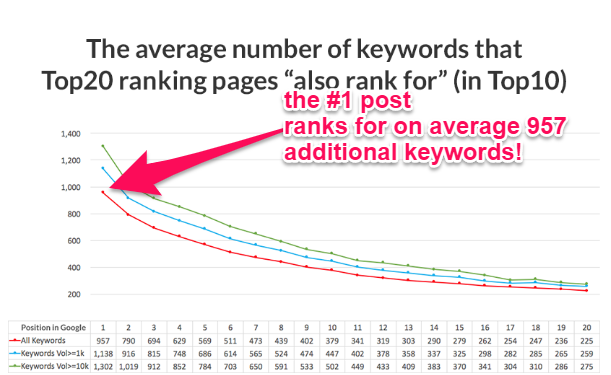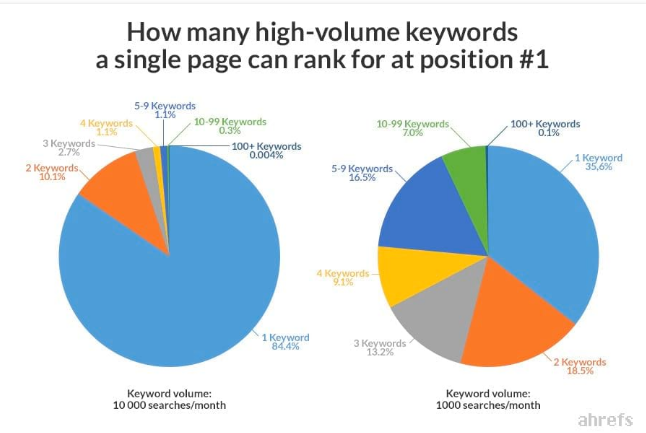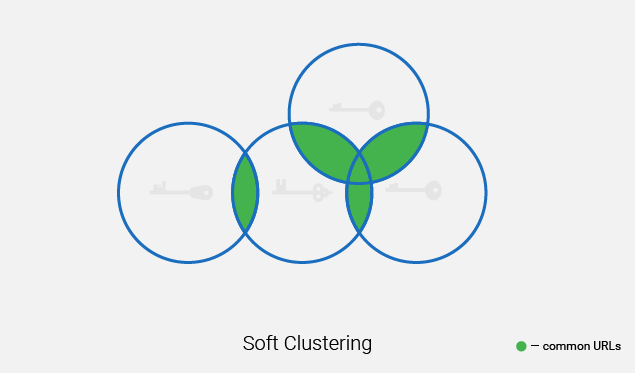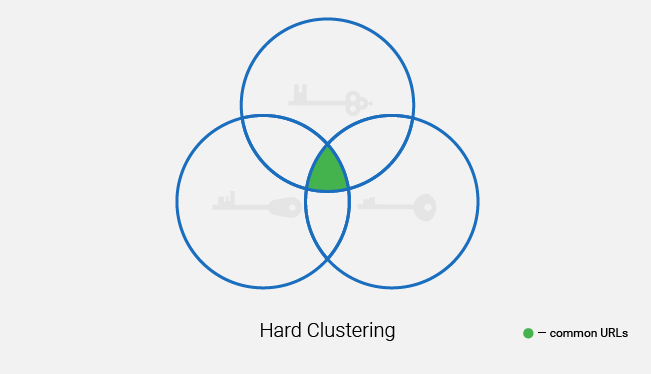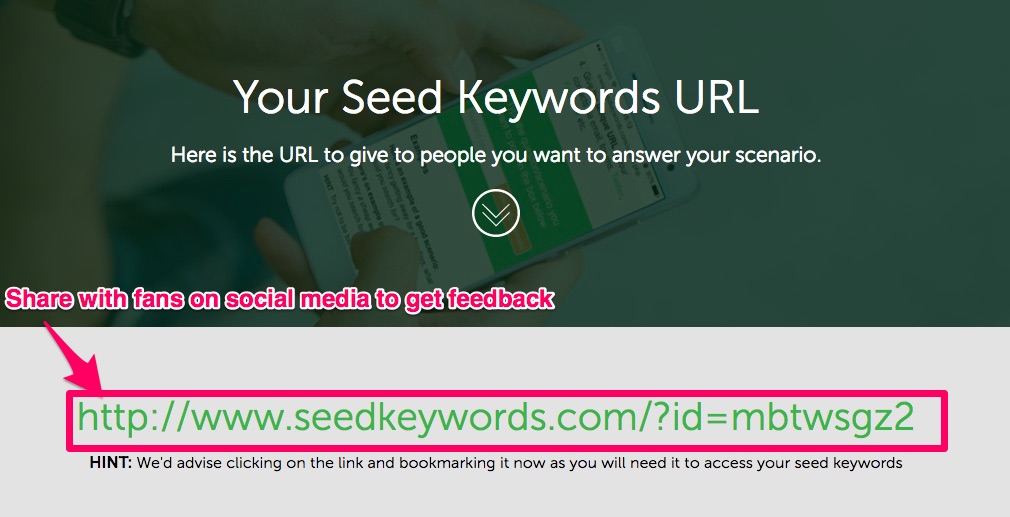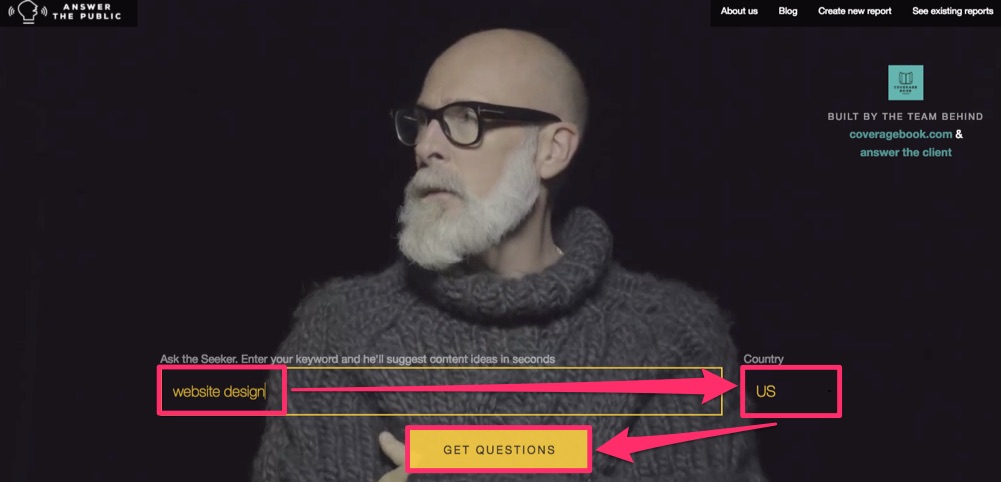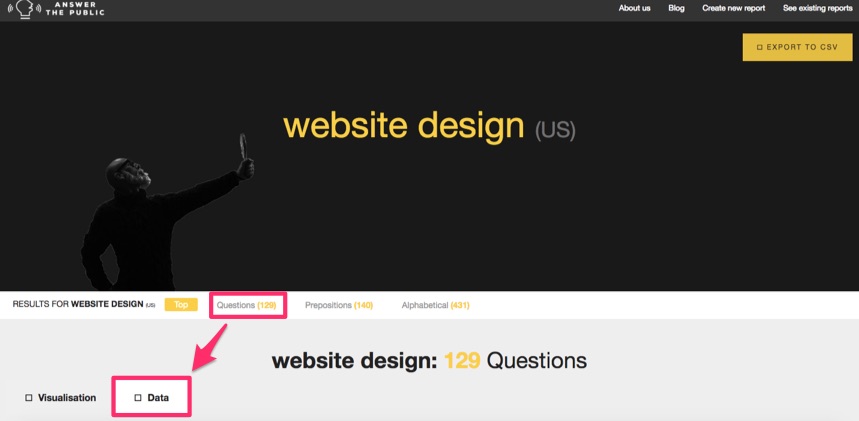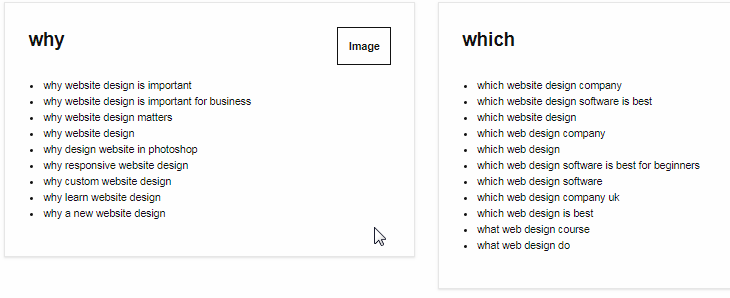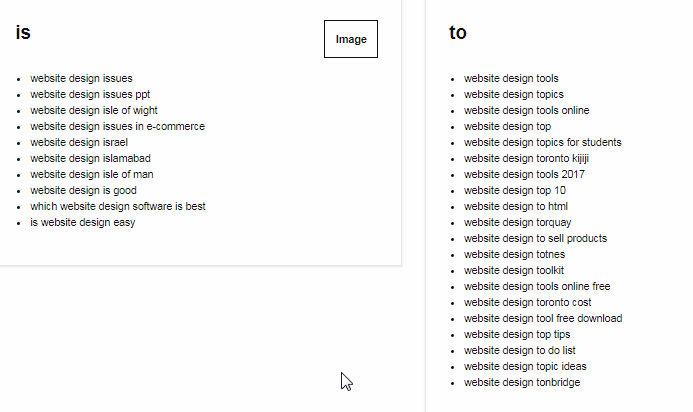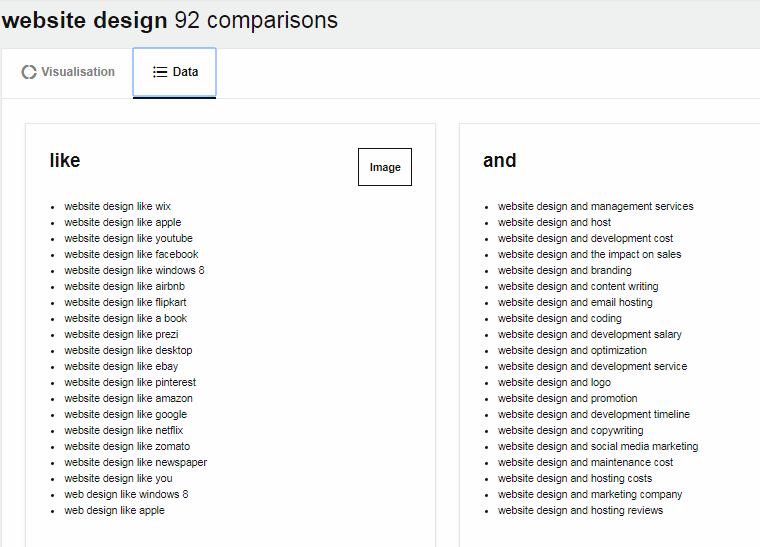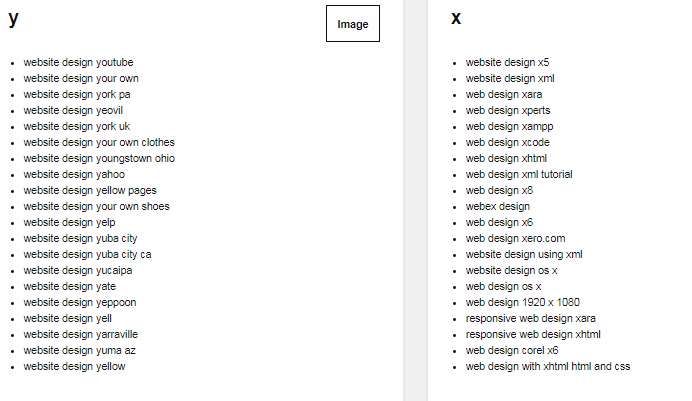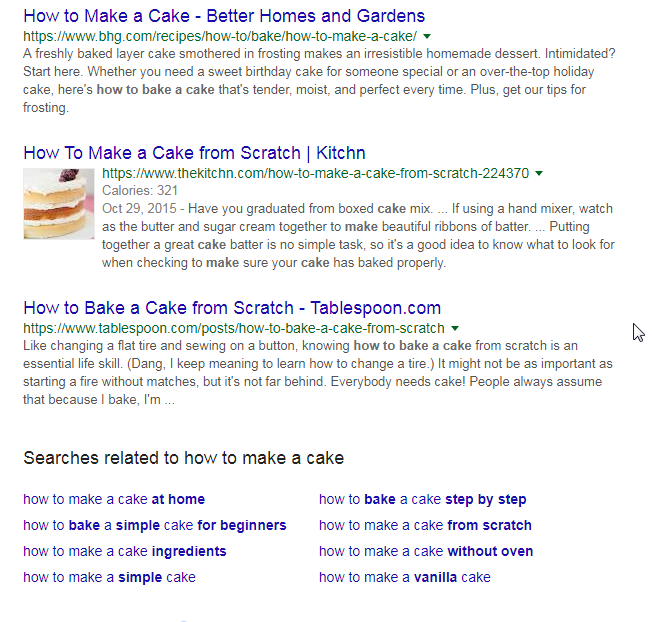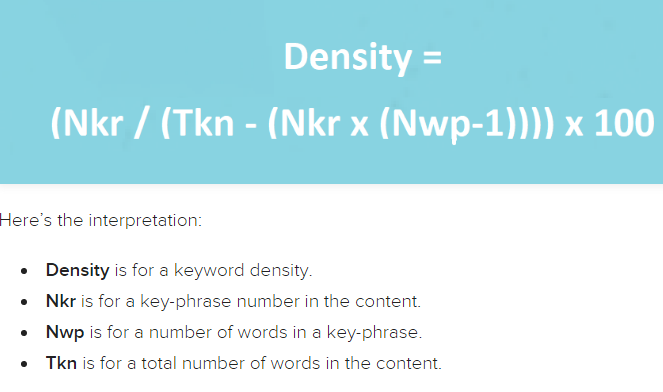Keyword targeting is dead.
Algorithm changes such as Google’s RankBrain have all but killed your ability to rank well using keyword targeting.
I bet you’re wondering why I’m about to talk about ranking for keywords then, right?
Well, there’s a difference between using keywords and targeting keywords.
Keywords are just phrases that people type into search boxes to describe what they’re looking for.
They help search engines sort through the billions of potential websites and posts to find relevant content.
When I say “keyword targeting” is dead, I mean the way that we used to use keywords.
Due to advancements such as Hummingbird, search engines are getting much better at understanding the meaning of a search and matching results to that meaning.
In other words, matching the exact phrase is becoming irrelevant, and it’s much more important to match intent.
In the past, you found a single keyword that had low competition and high traffic, and you wrote a post about it. You made sure to repeat it lots of times and voila, you were on the first page of Google.
Alright, it wasn’t quite that simple, but you get my point.
That approach doesn’t work anymore.
Now you need to target user intent.
This is actually a good thing!
Why?
Well, targeting user intent makes it even easier to build multiple keywords into one piece of content.
I’m going to show you how to create content that not only has multiple keywords but ranks on them.
But first, let’s check out the likelihood of one post ranking well for multiple keywords so you can understand the competition.
Is it possible to rank well for multiple keywords?
There’s no point building a ton of keywords into a post if you know you can’t rank well for them all, right?
So, just how many keywords can a single piece of content rank well for?
According to Ahrefs, the top ranking pages rank for 957 additional keywords, on average.
We know it’s pretty hard to get the first spot on Google. If you’re new, it can hurt your ROI to even try.
But check out #20.
That’s not even page one of Google.
But they still have an average of 225 additional keywords ranking on the first page.
So your primary keyword is on page two, and you have over 200 other ones showing up on page one.
That’s why you should always build keyword clusters into your content.
Of course, just because it’s a keyword you’re ranking for, it doesn’t mean it’s a good one.
After all, ranking first for something that’s only searched by one person a month isn’t a reason to celebrate, right?
Which means we need to understand how many high-volume keywords you can rank for in one post.
If you’re trying to rank for a keyword that gets at least 10,000 searches a month, chances aren’t good.
Over 84% of pages that get 1st place for a search that popular only rank for the one keyword.
Things start to get more attractive when we take a look at traffic volumes around 1,000 searches a month.
Only 35.6% of pieces in the number one spot rank for only one keyword.
Which means 64.4% of posts that rank in 1st place for one keyword also rank in 1st place for at least one more.
You can see the largest percentages are two keywords (at 18,5%), followed by five to nine keywords (at 16.5%).
Which means if your SEO skills are helping you rank on the first page of Google for one keyword, you have pretty great chances of ranking on the first page for multiple keywords.
What do sites ranking for multiple keywords have in common?
We now know that over 3 in 5 pages (64.4%) that rank 1st in Google for keywords with traffic around 1,000 searches a month achieve that ranking for more than one keyword.
What do they have in common that the other ones don’t?
Anything that helps you rank 1st for one keyword also generally helps you rank 1st for multiples.
This means that articles with more words, better URL ratings, and more backlinks will have an easier time ranking well for multiple keywords.
The big takeaway though should be what the multiple keywords have in common.
When looking at which keywords sites were ranking high for, the majority of them shared at least one word.
In other words, it’s important to pick related keywords and not try to fit too many unrelated topics into one post.
You can use a keyword clustering tool like SerpStat to help you understand how well keywords fit together.
You can opt for keywords that are softly related, like the diagram above, or ones that have a hard relationship:
If you think about the way we target audiences, this intuitively makes sense. Trying to offer too much to too many different people in one post won’t work for anyone.
The best way to have multiple keywords in one post is to group ones that naturally fit together.
Four ways to come up with multiple keywords that rank
So how do you come up with multiple, related keywords that will rank well?
Here are four different methods to help you find the right keywords:
1. Use an LSI keyword generator.
If you’re not familiar with LSI, it stands for Latent Semantic Indexing.
Semantic means, “relating to meaning in language or logic.”
In other words, the LSI finds words that are related to each other.
There are a few different LSI generators. One of my favorites is LSIGraph.
It’s a free tool that will provide you with related keywords for whatever term you search.
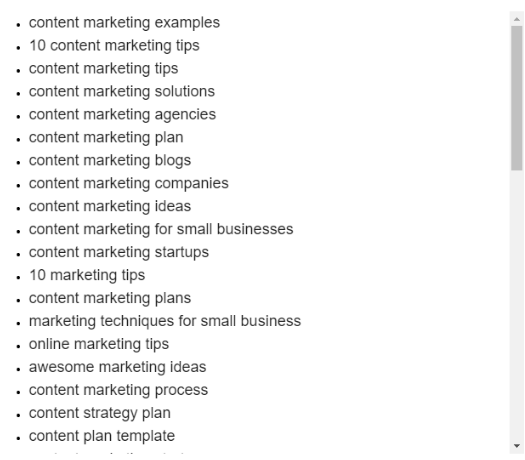
The generator brings back a ton of related words that you can use to build into your content.
You can often use these keyword results to help build your outline for a long-form piece of content.
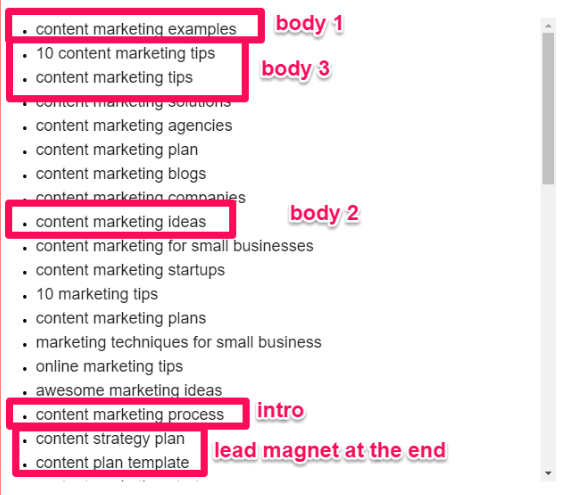
For example, you could select a few of the keywords above to build an outline like this:
- Content marketing process (intro)
- Content marketing examples
- Content marketing ideas
- 10 content marketing tips
- Conclusion with a PDF of a content strategy plan offering built into a CTA
You can use a tool such as LSIGraph to give you multiple keywords and help you build your outlines all with one simple click.
One thing to note is that there is a daily limit:

It’s 3 searches a day if you want to remain unknown, and 20 searches if you sign up by email.
2. Use Google to generate related keywords.
In addition to the above, you should always use Google to help you generate related keywords.
Google wants to provide the best, most relevant content to searchers.
Luckily, that also helps us provide the best, most relevant content to searchers. And Google is helping us do it for free.
When you search for something in Google, it tries to help you out in a number of ways.
Auto-suggest. As soon as you start typing, Google starts automatically populating suggestions of what it thinks you might be looking for.
For example, try typing “content marketing” into Google.
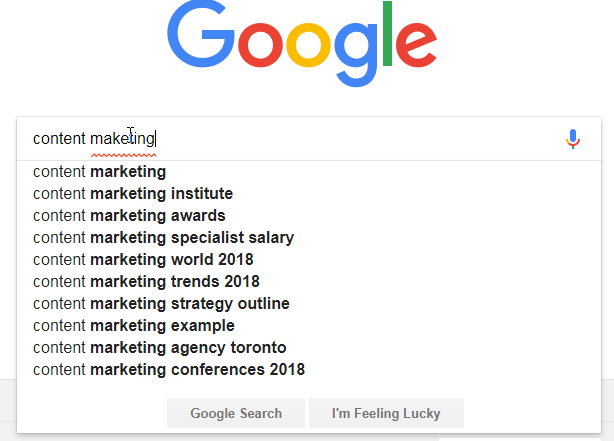
You’ll notice I didn’t even spell it right and Google is already trying to auto-suggest ten different possible keywords before I hit enter.
This instantly tells you the most commonly searched keywords relating to content marketing.
There’s no need to worry about the relevance of their results either. Google updates every two-three weeks to make sure it’s offering searchers the most relevant choices.
Related searches. After you hit enter, you can scroll down to the bottom of the search results page.
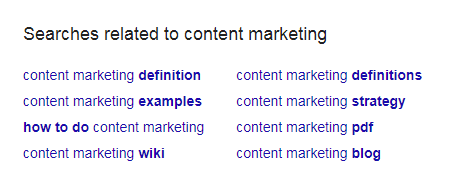
Here are eight more related keywords for content marketing. You’ll notice that they’re new ones and not just a repeat of the once Google just tried to offer you.
People also ask. For some searches, Google will also provide you with a “People also ask” section. This didn’t pop up for content marketing.
If I narrow down my search to ‘how to use content marketing,’ I now get the following four suggestions.

These are common questions Google is asked that it thinks are similar to what you’re trying to find.
If you click one and search for it, it will populate even more related questions.
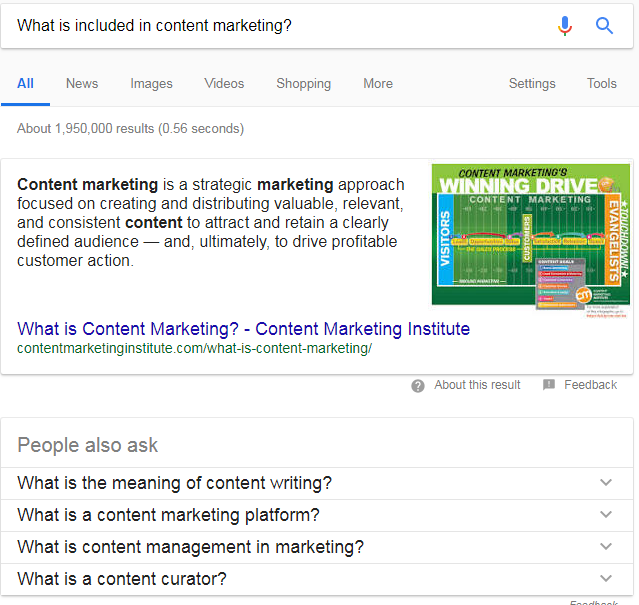
Google will give you a practically limitless list of related keywords.
3. Ask your audience for “seed” keywords.
“Seed” keywords helps you figure out what keywords real people in your target market are searching for.
This is a free tool that can help you grow a keyword list that’s perfect for your target market.
Start by clicking on “Creating My Scenario.”
Then type in your search query:
You need to type in a question to your audience, such as “what would you search for if you wanted to start your own blog?”
Then the software will give you a unique URL which you share will your audience through social media, email or any other way you prefer.
As people respond, your keyword list will automatically start to grow.

This obviously works best when you have clear questions you want to ask, and you have a large audience likely to respond.
The benefit is that your ideal customers are telling you what topics they want you to write about and they’re doing all the work for you.
4. Check out a site like Answer the Public.
Answer the Public is a great way to come up with new topic ideas and keywords.
It’s a mix between Google’s “People also ask” and Seed Keywords.
Answer the Public provides you with a list of questions directly from the minds of your customers, around a specific topic or keyword.
This site can give you hundreds of questions and related keywords with one quick and simple search.
To get started you just enter your general keyword or question into the search bar:
You need to choose the country you want to target, and then you click the “Get Questions” button.
At first, your results will look something like this:
It’s kind of cool looking but not the easiest to navigate.
Don’t worry. You can fix that!
Select “Questions” and then “Data” to translate your results into grouped lists.
The first lists are the question-based results:
Next comes the “preposition” results.
The third grouping is comparisons:
Finally, it also gives you results in alphabetical order.
For “website design,” it returned a total of 519 questions, all within seconds.
All four of these tools are free. You can use any or all of them to easily come up with hundreds of relevant, related keywords you can build into one piece of content to rank in search results.
Some final tips to keep in mind
You now know the best way to rank for multiple keywords is to find relevant, related keywords to build into a single piece of content.
Here are some additional tips you should consider when building multiple keywords into one post or article.
Consider the use of synonyms.
When you’re focusing on building out your list of related keywords, make sure you consider synonyms.
A synonym is, “a word or phrase that means exactly or nearly the same as another word or phrase in the same language.”
For example, “halt” and “stop” are synonyms.
Think about our product and consider different ways your customers could ask the same question.
For example, “how to make a cake” and “how to bake a cake” mean the same thing.
In this context they’re synonyms.
If you are writing an article about baking cakes, you ideally want to cover both of these keywords in your content.
You can see under Google search results for “how to make a cake” it’s bringing back articles and suggestions that capture both phrases.
Use long-tailed keywords.
It’s easier to rank in search engines for long-tailed keywords.
Not only that, long-tailed keywords are more likely to convert.
People searching for something specific enough to be long-tailed are more likely to be in the ‘ready to buy’ stage of a marketing funnel.
They have gone from considering shoes to knowing exactly which shoes they want.
Remember that the reason we want to rank is to get traffic, but traffic is pointless without conversions.
Long-tailed keywords help you succeed at both goals at once, by narrowing your focus down to consumers ready to buy.
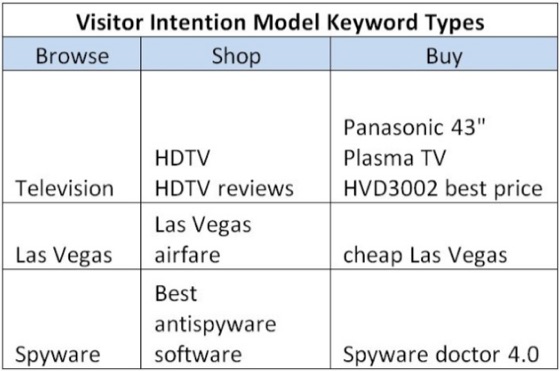
You can see that long-tailed keywords are trying to include enough detail to narrow down the search results to exactly what they’re looking for.
This means they’re going to be lower competition that the shorter, more generic keywords.
The search volumes will also likely be lower, but you have better chances of ranking well, and the people who do search are more likely to convert.
Don’t try to stick them all in your title.
Targeting multiple keywords does not mean having to stick them all into your title.
The main title of your content should have an H1 tag, and it should have one main keyword.
Don’t worry that you won’t be able to rank for others; you will.
The H1 tag helps search engines know what your main title and topic are but remember they’re getting better and better at understanding intent.
Your priority for the title of your post is to make it attention grabbing so that people want to click it.
Putting in too many keywords can make it sound repetitive, hard to read or unnatural.
Here’s an example of a title that has too much going on:

This company is trying to fit so much into their heading that it doesn’t all fit in the search result.
If you want to rank on the first page of Google, then keep your headings short and to the point.
Use heading tags.
To help your other keywords get indexed by Google, you can build them into the outline of your content as subheadings.
Each one should have its own H2 or H3 tag.
This will help Google bots and readers understand the intent of your content.
It also breaks up your long-form content for easier skimming and reading.
Use your meta description.
Your meta description is the text that summarizes what your webpage is about.
It’s only a short snippet, up to roughly 230 characters in length.
Whenever your page shows up in SERPs, the meta description appears underneath your title.
As you can see, the meta description is there to briefly describe to searchers what the article is about.
This helps them know which link to click, especially if the titles are too vague or too similar to each other.
The best meta descriptions will entice people to click your link through to your page instead of the other search results.
Not only should you use your meta description as a call to action, but you should also use it as a perfect spot for building in some of your other keywords.
You can see from the example above that the title has “Google Meta Tags,” while the meta descriptions also have “meta tags,” and “tags.”
They also swapped out “Google” for “search engines” in the description.
You can use this as a great place to build some of your related keywords into search results, without stuffing them in your title or impacting readability.
Don’t worry about keyword density.
Like I said at the beginning of this post, keyword targeting is dead.
That means trying to hit a certain density of keywords should no longer be part of your SEO strategy.
In fact, if your keyword % is too dense, you could actually get penalized by Google.
What is too dense?
While there’s no perfect number, generally 1 – 3% seems to be a safe range.
When you’re building multiple keywords into one piece of content, stick to the lower end of that range.
After all, 3% might seem low, but if you suddenly have ten different variations of the same keyword and they’re each 3% of your total content, that’s 30%!
You can see how that would get ugly fast. No one would want to read it.
Not sure how to check your density?
Here’s a handy formula:
Don’t focus too much on what the exact number is or should be.
Remember that your focus should be on the quality of your content and the value you’re providing to your readers.
As long as you use natural language and your content is easy to read, your density is likely fine.
The same points are relevant for the number of different keywords you should include.
After all, I just showed you how you can easily create a list of hundreds of related keywords.
If you feel like you’re trying to stuff multiple different keywords into the body of your post, just don’t.
Try to naturally fit each keyword you want once or twice. If it feels forced, then leave it out and save it for your next piece.
Whatever you do, make your readers’ experience top priority. Keyword placement, density, and number should all be a lower priority.
SEO is incredibly competitive, and customer engagement is becoming increasingly important. If you sacrifice reader enjoyment in an attempt to “trick” Google into rankings, you won’t rank.
Conclusion
Targeting keywords and keyword stuffing are tactics that no longer work.
Due to advancements in algorithms and artificial intelligence, the focus needs to shift to targeting intent and getting customer engagement.
But just because you’re not targeting keywords does not mean you give up on using them.
After all, they help Google understand what your intent is and match it to searchers.
Google’s ability to decipher intent actually makes it easier than ever to rank for multiple keywords within one piece of content.
Choose related keywords that fit well together. Consider synonyms or similar questions and phrases to your initial keyword idea.
You can try using a free tool such as LSIGraph, Seed Keywords or Answer the Public.
You can also simply use Google. It provides three different ways of generating popular related keywords, and it offers it all for free.
Focus on long-tailed keywords. Make use of headings and meta descriptions the right way and don’t focus on keyword density.
If you do all this, suddenly your top content will be ranking for multiple keywords. It may even end up being in the 1st spot for a keyword that was never your main focus.
Which tool is your favorite for coming up with relevant, related keywords?
About the Author: Neil Patel is the cofounder of Neil Patel Digital.
from The Kissmetrics Marketing Blog https://ift.tt/2JWuG0k
via IFTTT
